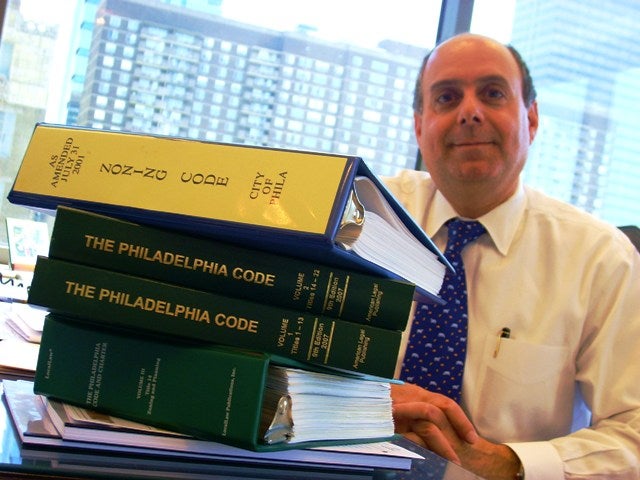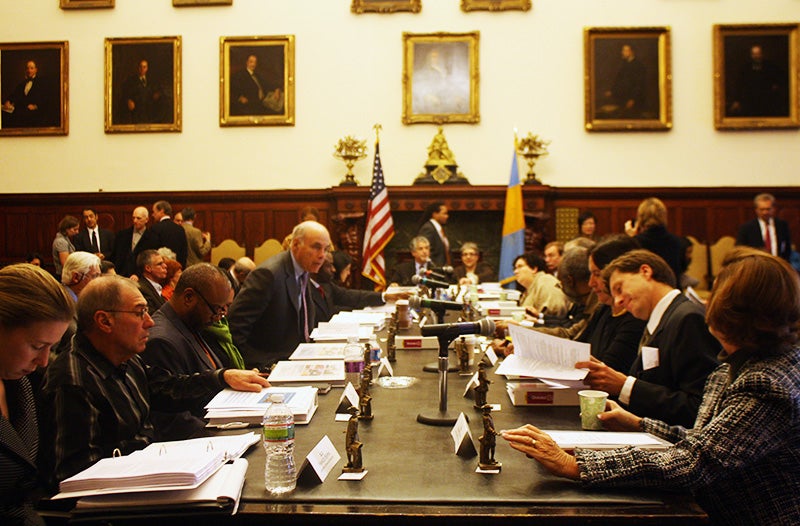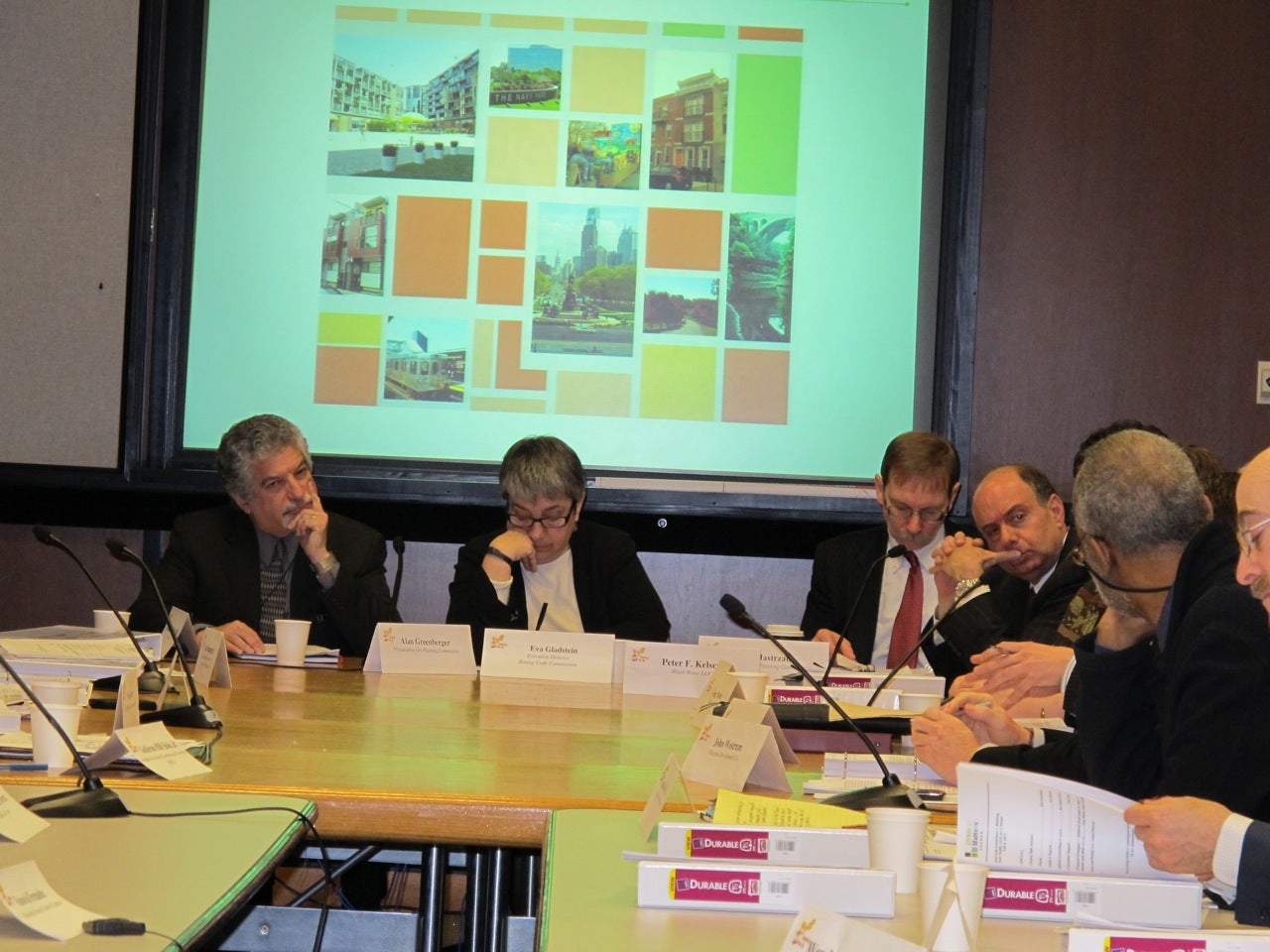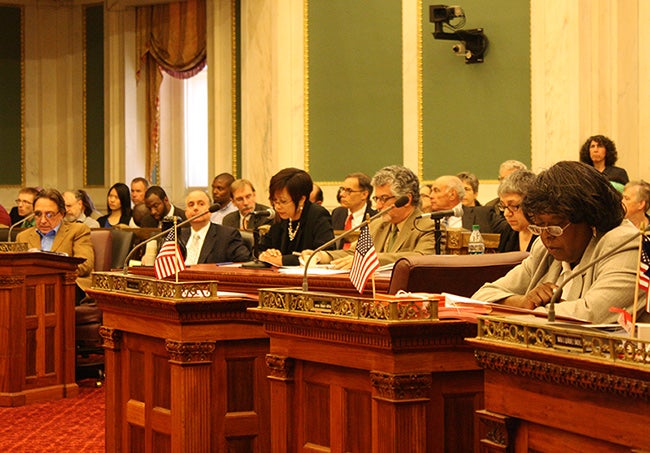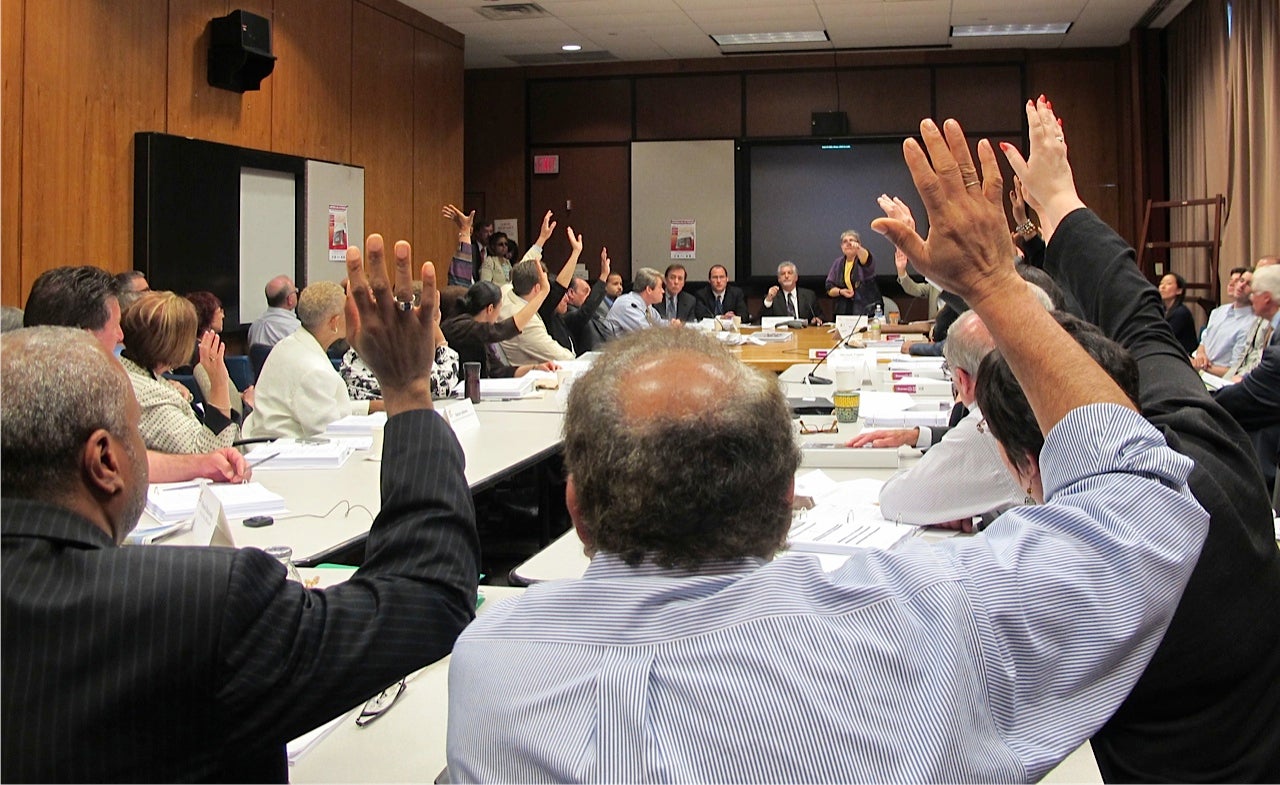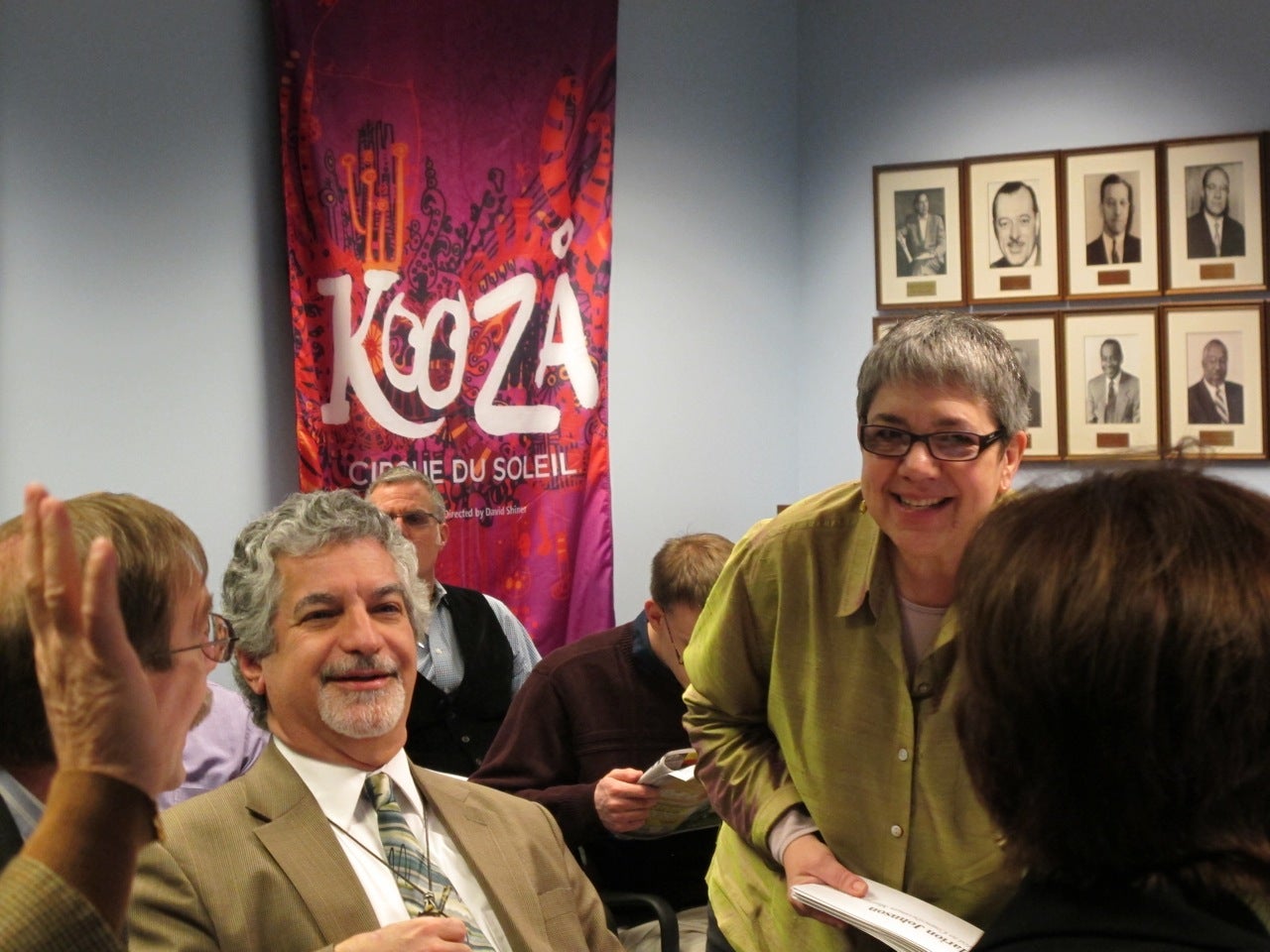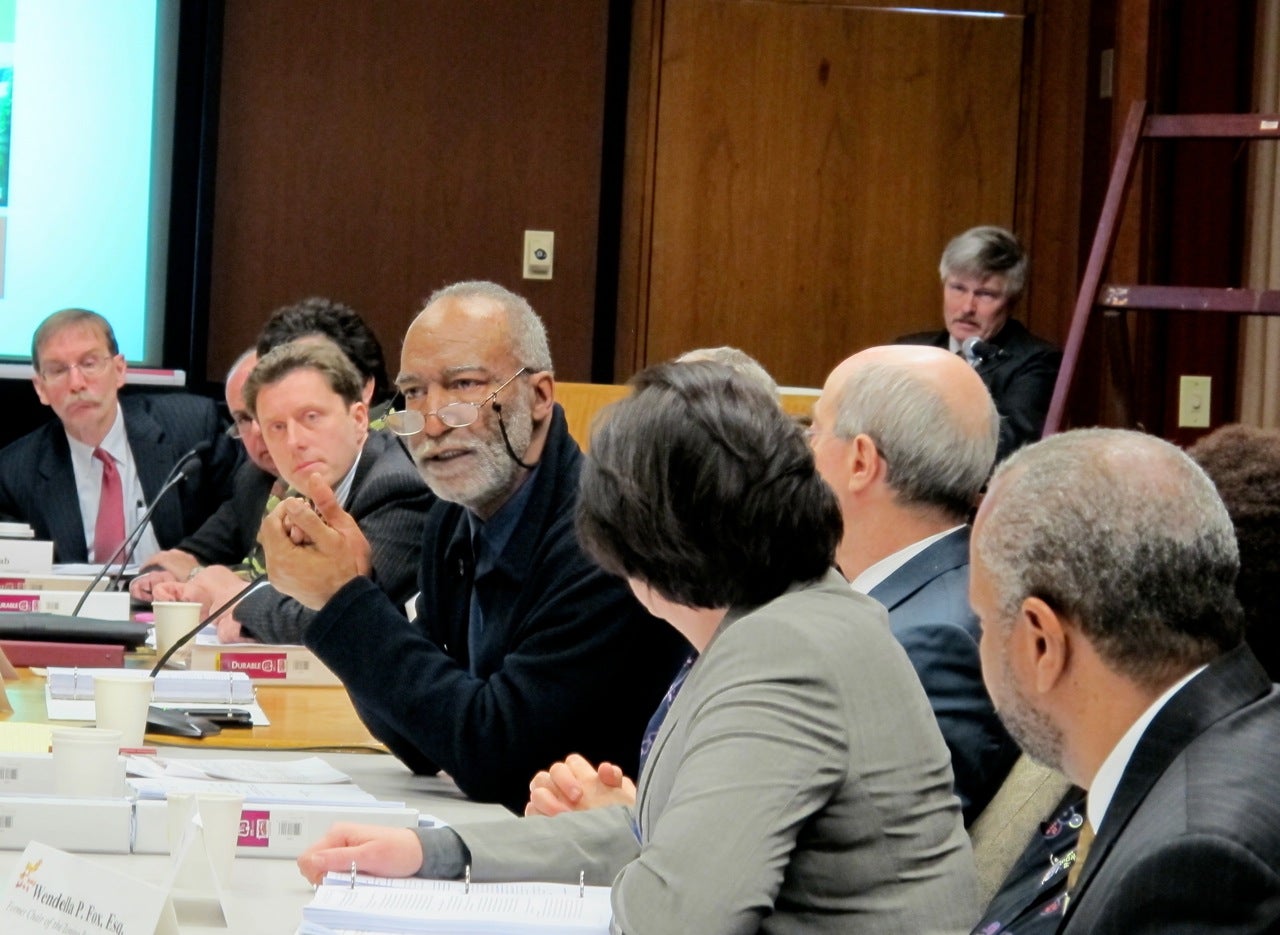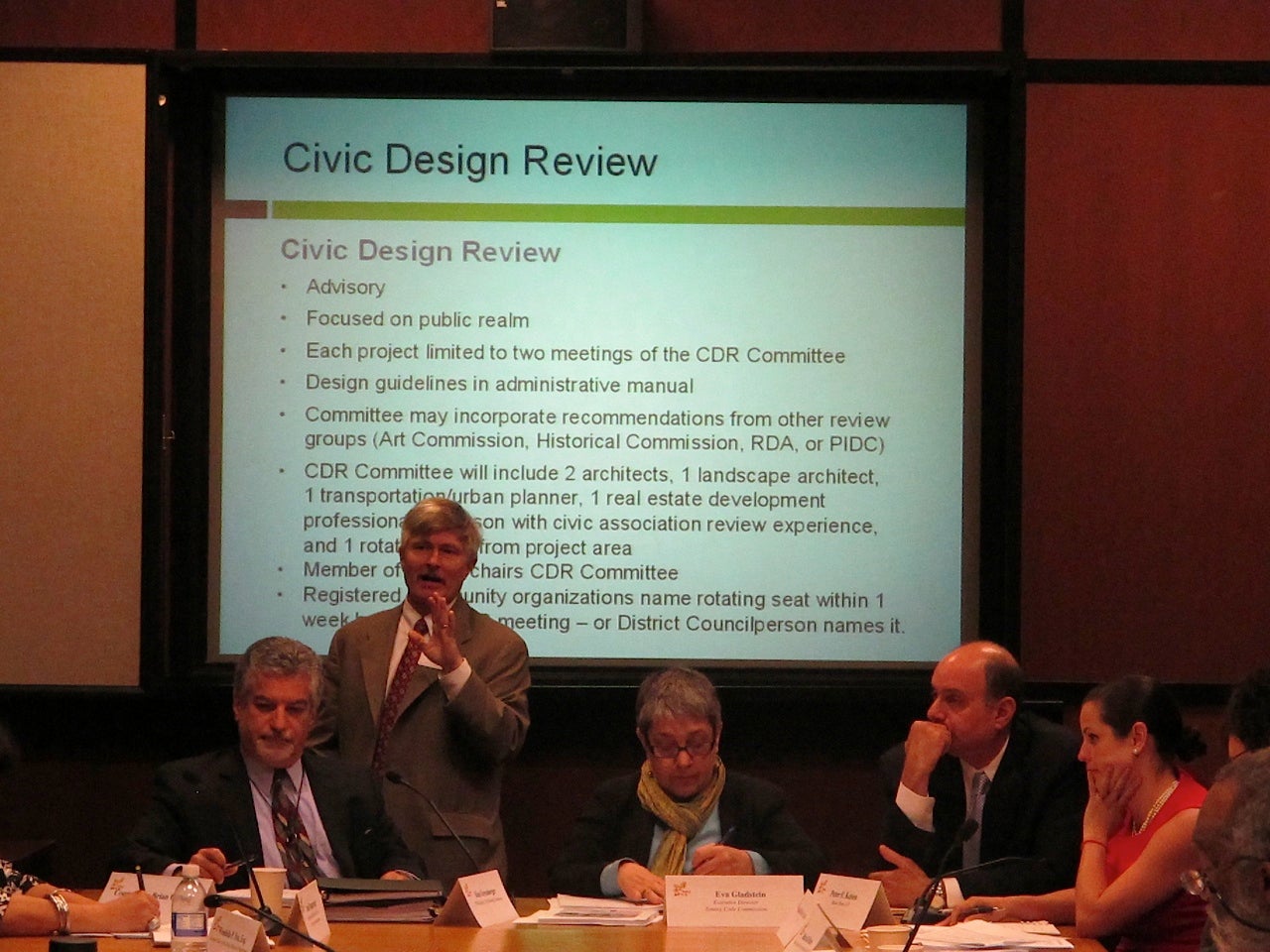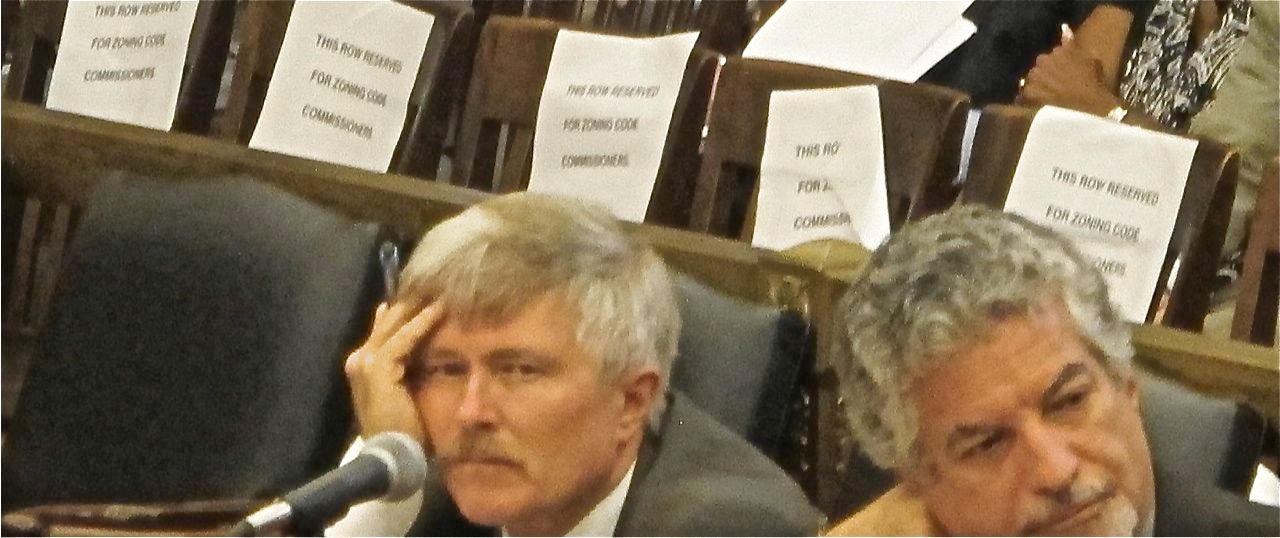2011: A Zoning Reform Odyssey
In an Economist article published in 1955, not long before Philadelphia’s zoning code was last revised, C. Northcote Parkinson first articulated what later became known as Parkinson’s law: the amount of work to be done expands to fill the amount of time allowed to do it. Philadelphia’s four-year zoning reform process was a testament to the truthiness of that law. The Zoning Code Commission worked relentlessly up until the last Council session of 2011, after which, it was believed, the project might never get done. Yet it did get done, and so there’s reason to celebrate—and to look back at the process which brought it to fruition.
PlanPhilly opened 2011 by continuing its effort to analyze zoning reform from a layman’s perspective. Nick Gilewicz, my esteemed predecessor on the zoning beat, did a particularly illuminating job of explaining how the Zoning Administrative Manual walks users through the development process. His four-part series culminated in a reflective “Lessons Learned”—seminal reading for zoning beginners.
The ZCC submitted a draft zoning code to City Council in May. Though the Commission agreed on the substance of the new code at that time, it couldn’t agree on implementation. A majority report dictated that the new code take effect across the City all at once, while a minority report—sponsored by Councilmen Bill Green and Brian O’Neill—suggested that the zoning code be implemented district-by-district, as each area is remapped. At the time, many Commissioners pointed out that the minority plan could cause confusion, as it would have different codes operational in different neighborhoods at the same time. The discrepancy between the two plans was accompanied by some discord, to say the least.
In the middle of summer, when there were no Council hearings or ZCC meetings to report on, we spoke to a handful of civic associations and other neighborhood groups about the impending changes in the development process. Most of these groups were—and still are—grateful that their roles have been explicitly written into the new zoning code. But many worried—and still do—that their negotiating power will be diminished under the new code.
Shortly after Council gathered again in September, At-Large Councilman Bill Green issued a memo calling for ten amendments to the draft zoning code. Following an exclusive interview, PlanPhilly attempted to tease out the implications of Green’s recommendations, which included eliminating mandatory submission requirements for Community Benefit Agreements and regulating methadone clinics separately from other medical uses, to name a few. Nearly all of Green’s recommendations ended up in the final report, in one form or another.
The biggest story of all, of course, was the passage of the new zoning code. Compared to the months of wrangling leading up to it, the zoning reform project went out quietly. No one testified on zoning reform at the final session of Council, and the vote was 17-0 in favor of adopting the code. All of the substantial differences of opinion had been resolved—most of them in City Council’s favor. As districts are remapped and amendments added, 2012 will test Philadelphia’s commitment to the spirit of reform.
Contact the reporter at jaredbrey@gmail.com
Coming Thursday: The year in Transportation.
WHYY is your source for fact-based, in-depth journalism and information. As a nonprofit organization, we rely on financial support from readers like you. Please give today.



